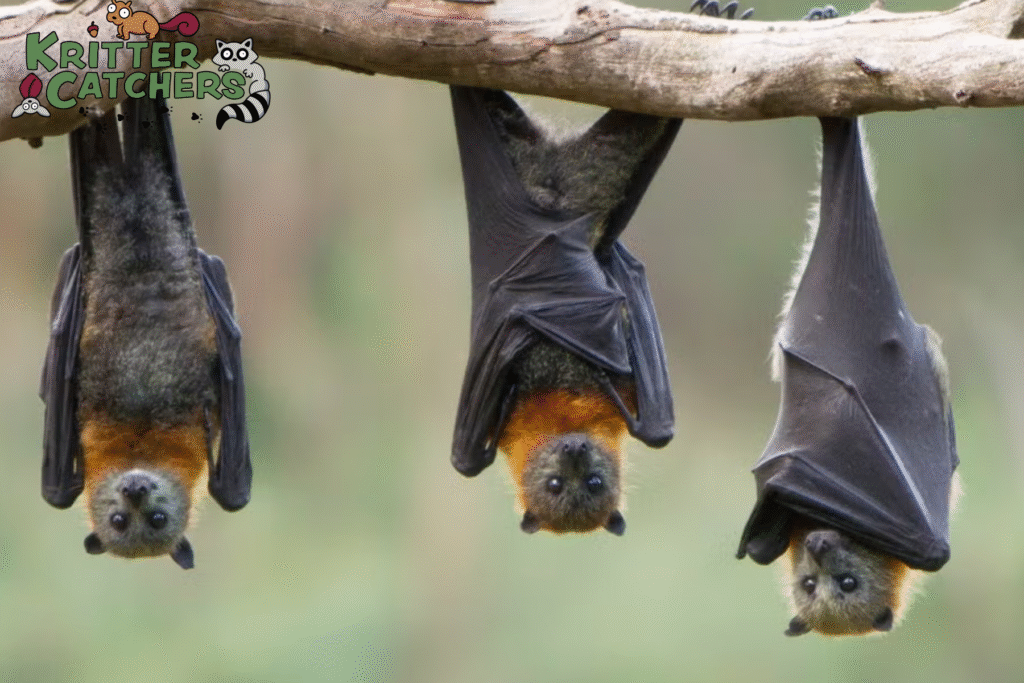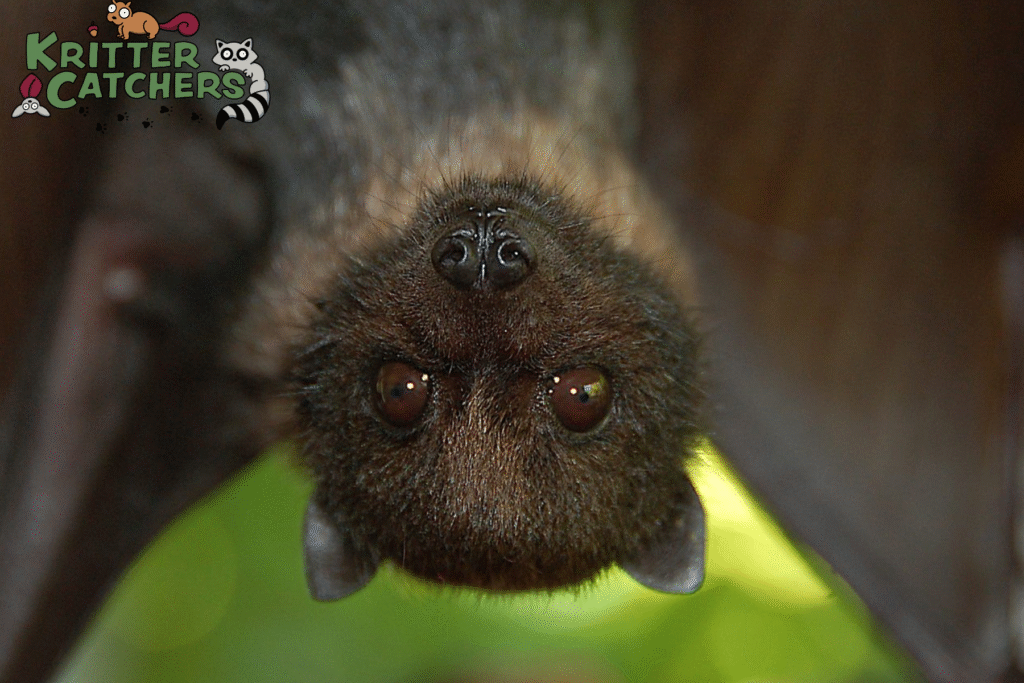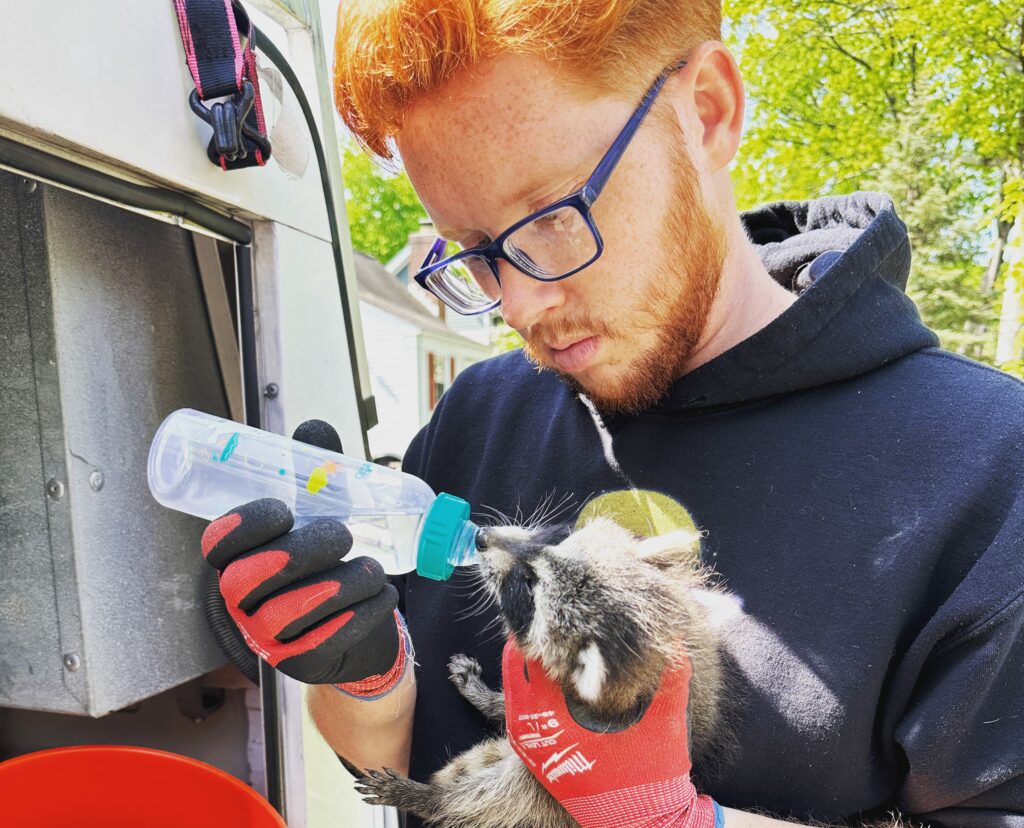Discovering bats roosting in your attic or hearing their distinctive chirps at dusk can be both fascinating and unsettling. While bats play an essential ecological role pollinating plants and controlling insect populations their presence in residential spaces requires careful management. In this guide, you’ll learn about bat behavior, why they choose homes as roosts, how to spot an infestation, and when it’s time to consider professional bat removal near me. Rest assured, all information below is firmly grounded in research and best practices.
Understanding the Behavior of Bats
Species Commonly Found in Homes
Many bat species in New Jersey and surrounding areas are small, inconspicuous, and entirely beneficial in natural settings. The little brown bat (Myotis lucifugus) and the big brown bat (Eptesicus fuscus) are two of the most common species that occasionally roost in homes. Both are insectivores feeding primarily on mosquitoes, moths, and beetles and prefer dark, sheltered spaces for daytime rest. Though they can seem intimidating, these bats are non-aggressive toward humans and typically avoid contact.
Nocturnal Habits and Echolocation
Bats are strictly nocturnal, meaning they emerge at dusk to hunt and return before dawn. They navigate through a sophisticated echolocation system: emitting high-frequency sounds and interpreting returning echoes to locate prey and avoid obstacles. This silent form of navigation contributes to their nickname as “silent destroyers” of insects. If you hear rapid, high-pitched chirps near your roofline or observe erratic flitting around porch lights after sunset, you may be witnessing a bat’s evening foraging routine.
Why Bats Enter Residential Spaces
Shelter and Roosting Preferences
In the wild, bats roost in caves, hollow trees, and rock crevices. However, human structures often mimic these conditions. Attics, eaves, and wall voids provide a dark, secluded environment with stable temperatures ideal for maternity colonies during breeding season and solitary bats seeking refuge in colder months. Even a small gap less than a quarter-inch can grant a bat access to your home.
Entry Points and Common Access Areas
Bats prefer entrances that offer concealment from predators and minimal light infiltration. Common access points include:
- Gaps around chimney caps and roof vents
- Open soffit or fascia boards
- Cracks in siding or gaps around utility lines
- Unscreened windows, vent openings, or broken shingles
Seasonal fluctuations in temperature can drive bats to explore new roosts; in early spring or late autumn, you might notice increased activity as bats search for optimal conditions to raise their young or overwinter.
Recognizing Signs of a Bat Infestation
Auditory and Visual Clues
One of the earliest indications of a bat’s presence is sound. Listen for high-pitched squeaking or scurrying noises in attics and wall cavities shortly after dusk. If you observe small, dark silhouettes darting in circles near porch lights, chimneys, or window wells during twilight, bats are likely foraging close to your home. On clear nights, you might even spot them emerging in a thin stream from eaves or attic vents.
Physical Signs and Droppings
Bat guano (droppings) accumulates beneath roost sites and resembles dark, crumbly pellets rich in insect remains. Over time, these droppings can stain wood or insulation and produce a musky ammonia odor. Another telltale sign is urine streaks light-colored stains where bats exit roosts. Inspect attic floors, window sills, and beneath soffits for guano piles or urine marks. In older infestations, guano can build up significantly, posing health risks if inhaled, as it may harbor fungal spores (e.g., Histoplasma capsulatum).
Benefits and Risks of Having Bats Nearby
Ecological and Pest Control Benefits
Bats are nature’s insect control specialists. A single bat can consume hundreds of mosquitoes and other nocturnal insects in just one hour. By maintaining bat populations in rural or undeveloped areas, homeowners benefit from reduced mosquito-borne disease risk and fewer agricultural pests. Furthermore, some bat species pollinate plants and disperse seeds, contributing to ecosystem health.
Health and Structural Risks
Despite their benefits, bats can pose hazards when they roost inside occupied structures. Guano accumulation supports mold and fungi that release spores into the air, potentially causing respiratory issues in humans (e.g., histoplasmosis). Bites, though rare, can transmit rabies if a bat feels threatened and reacts defensively. Structurally, bat colonies can corrode insulation and wooden beams where guano and urine accumulate. It’s imperative to balance appreciation for bats’ ecological roles with proactive measures to mitigate health concerns and property damage.
Safe and Ethical Approaches to Bat Management
Understanding Legal Protections for Bats
In New Jersey, most native bat species are protected under state law. Harassing, harming, or killing bats contravenes wildlife protection regulations. Exclusion gently evicting bats without causing injury is the preferred, humane approach. Timing is also critical: avoid excluding bats during pup-rearing season (typically May through August), when flightless young cannot survive outside the roost. Professional wildlife specialists are trained to implement exclusion methods that comply with legal guidelines and ethical standards.
Exclusion Methods and Preventive Measures
- Inspection and Assessment
Conduct a thorough daytime inspection to locate all possible entry and exit points. Look for gently curved baseball-sized openings, narrow cracks, or soffit gaps. - One-Way Exclusion Devices
After confirming no flightless young remain inside, install specialized mesh tubes or nets over primary openings. These devices allow bats to exit but prevent re-entry. Leave devices in place for several days to ensure all bats have vacated. - Sealing Entry Points
Once the roost is vacant, seal all identified gaps with durable materials: steel wool, hardware cloth, or silicone-based caulk. Replace damaged soffit boards and ensure chimney caps are intact. - Attic Clean-Up and Disinfection
Remove accumulated guano and compromised insulation while wearing proper respiratory protection (e.g., N95 mask). Disinfect the area with a non-toxic, enzyme-based cleaner designed for bat guano. Replace old insulation with fresh, mold-resistant material. - Preventive Landscaping
Trim back overhanging tree branches to reduce direct roof access for bats. Ensure exterior lights are positioned to minimize insect congregations that attract bats to nearby surfaces.
When to Seek Professional Help
DIY exclusion attempts can inadvertently trap bats or overlook secondary entry points, leaving colonies partially intact. For guaranteed results and adherence to wildlife laws, consider enlisting licensed experts. A credible bat removal specialist possesses the tools, experience, and legal knowledge to conduct a safe, effective exclusion. Additionally, professionals equip homes with long-term preventive measures screened vents, sealed soffits, and reinforced chimney caps to deter future invasions.
Preparing for Professional Bat Removal Services
What to Expect During an Assessment
When you contact a reputable bat removal provider, a technician will:
- Conduct a comprehensive exterior and interior inspection at dusk to confirm bat activity.
- Identify all potential entry points gaps as small as ¼ inch can admit bats.
- Evaluate roost size by estimating guano accumulation and emergence timing.
- Provide a detailed plan for exclusion, cleanup, and preventive sealing.
Techniques Used in Bat Removal
Most professionals apply a three-step process:
- Exclusion Installation: One-way exit devices on primary roost points allow bats to leave without returning.
- Entry Point Sealing: Once vacated, technicians permanently seal crevices with approved materials, ensuring no future access.
- Habitat Modification: Surgeons of bat removal may install chimney caps, soffit screens, and attic vent covers to reduce attractiveness to bats year-round.
Post-Removal Cleanup and Prevention
Following successful exclusion, professionals remove guano, sanitize affected areas, and replace compromised insulation. They may also recommend supplemental attic ventilation to control moisture and discourage bats from seeking shelter again. Finally, a follow-up inspection ensures no bats return before final sealing is completed.
Finding Reliable Wildlife Removal in Belleville, NJ
Choosing a Licensed and Insured Service
When searching for trustworthy wildlife removal Belleville NJ specialists, verify they hold state wildlife removal permits and general liability insurance. Licensed technicians have undergone training in species-specific exclusion techniques and adhere to ethical guidelines. Insurance protects homeowners against accidental damage during removal.
Reading Reviews and Checking Credentials
Online reviews and testimonials reveal insight into a company’s responsiveness, effectiveness, and professionalism. Look for case studies or before-and-after photos demonstrating successful bat exclusions. Additionally, confirm the team’s membership in professional associations such as the National Wildlife Control Operators Association (NWCOA) which signals commitment to ongoing education and industry best practices. For those in Belleville, NJ, reliable wildlife removal Belleville services can be found through local business directories or referrals from neighboring communities.

Conclusion
Bats are remarkable creatures that contribute to ecological balance, yet their presence in residential spaces demands careful attention. By understanding bat behavior, recognizing early signs of infestation, and implementing humane exclusion methods, homeowners can protect both human health and property. Professional intervention ensures compliance with legal protections and maximizes the likelihood of long-term success. For residents seeking prompt and effective bat management, consider contacting a local bat removal expert.
About Kritter Catchers NJ
Kritter Catchers NJ is a dedicated wildlife management company serving Northern New Jersey, including Belleville and surrounding communities. Our licensed technicians specialize in humane bat removal near me services, ensuring that bats are excluded safely and that your home is protected from future invasions. We also provide comprehensive wildlife removal solutions for raccoons, squirrels, and other nuisance animals.


